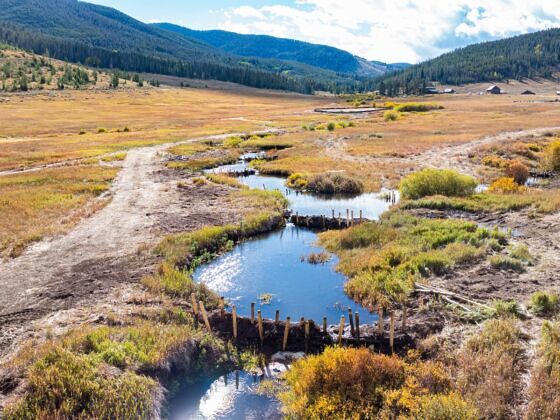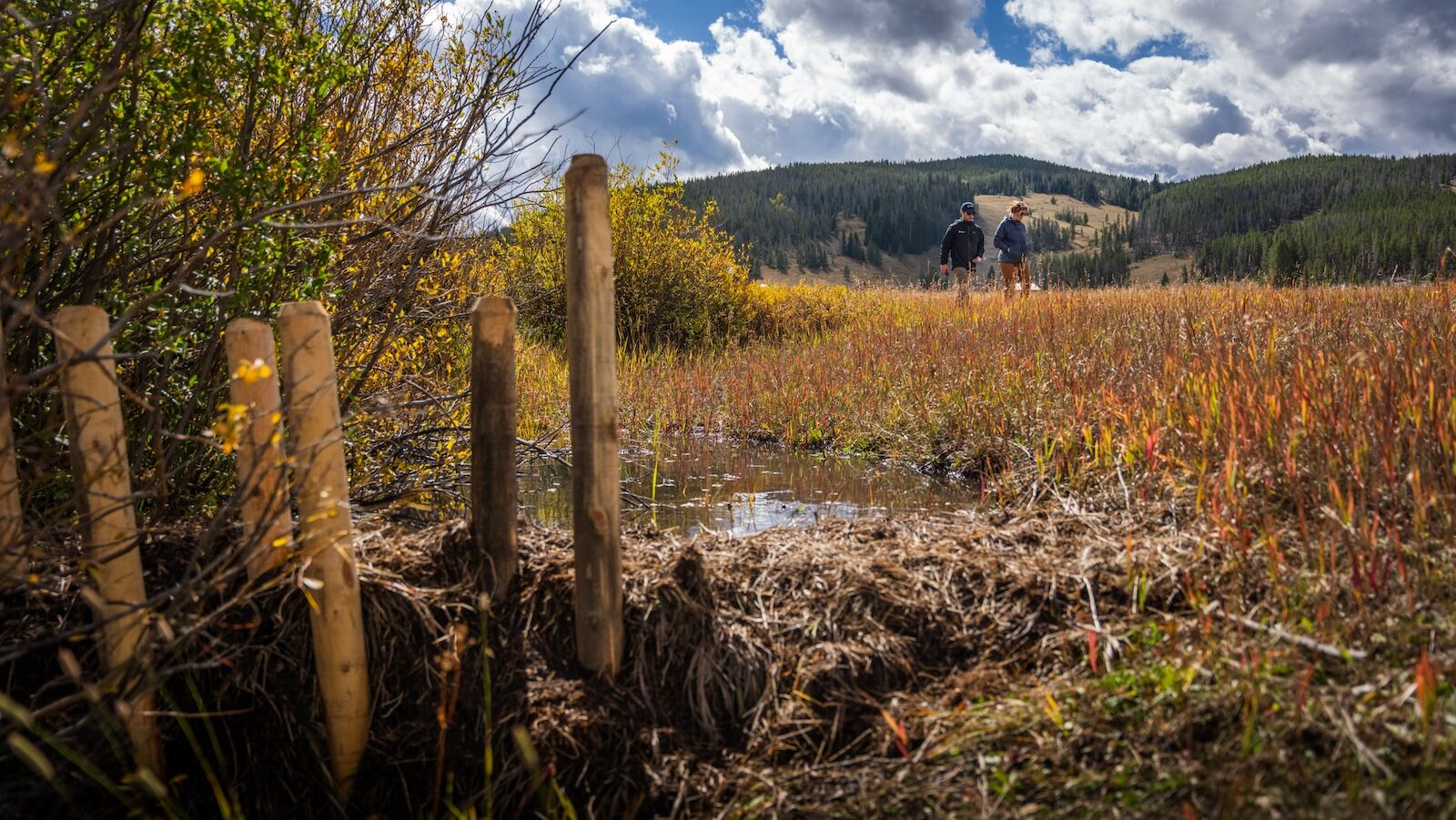When you camp or hike in a national forest, it’s easy to assume that forest is as it’s always been. Trees, trails, flora, fauna. But there are more than 193 million acres of national forest across the United States, and maintaining the health of the diverse ecosystems encompassed with the national forest system takes a lot of work. The National Forest Foundation is the non-profit “friends of” arm of the National Forest Service, and its efforts helped reforest more than 14,000 acres in 2023 alone.
If you’re an avid user of trails on national forest land, one of the best ways to help protect the open spaces you love is to support the foundation’s work. Matador spoke with Adde Sharp, Watershed Program Coordinator for the Rocky Mountain Region at the NFF, to learn about the foundation’s work on the Soda Creek Restoration Project in Colorado and how you can get involved in protecting the places you love.


